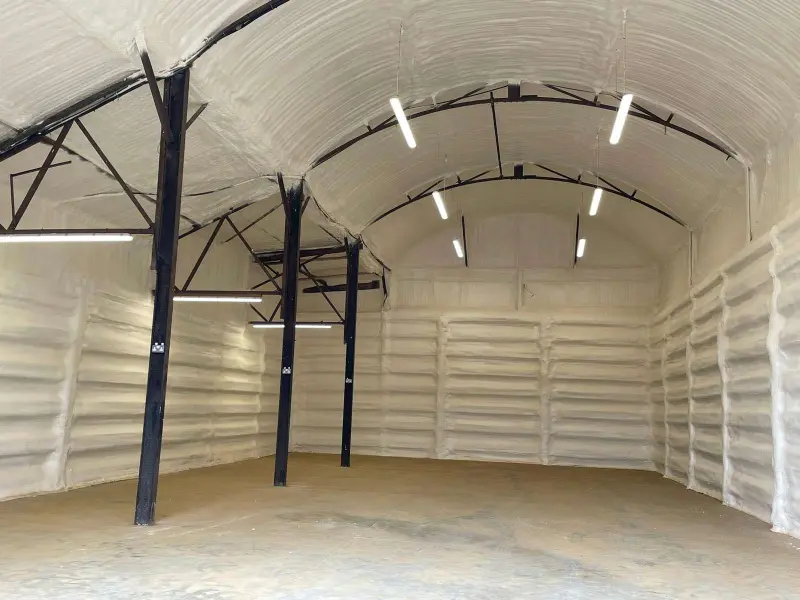
Spray foam insulation is a popular choice for homeowners looking to improve their home’s energy efficiency and comfort. It creates a tight seal that reduces air leaks, enhances thermal insulation, and improves indoor air quality. However, like any product, spray foam insulation is not without its potential issues. At Thunder Spray Foam Insulation in Norman, OK, we believe it’s important to provide homeowners with an honest and thorough understanding of the potential challenges of spray foam insulation so that you can make an informed decision for your home.
In this guide, we will discuss common problems associated with spray foam insulation, how to avoid them, and tips for maintaining optimal performance.
One of the most commonly cited issues with spray foam insulation is its higher upfront cost compared to traditional insulation materials like fiberglass or cellulose. While spray foam provides long-term benefits, the initial investment can be significant.
The cost may be a barrier for some homeowners, making it difficult to justify the expense without understanding the long-term savings. It’s important to weigh the cost of installation against the energy savings you can expect over the lifespan of the insulation.
Spray foam insulation must be applied by trained and experienced professionals. Poorly installed spray foam can lead to uneven coverage, gaps, and potential air leaks that can compromise its insulating properties. Additionally, improper application can result in health hazards during installation due to the fumes.
If spray foam is not properly installed, it can fail to deliver the energy savings and comfort benefits you expect. Poor installation may also result in a need for repairs, increasing the overall cost.
Spray foam insulation is made of chemicals that can release fumes during and shortly after application. These fumes can cause irritation to the eyes, skin, and respiratory system. In poorly ventilated spaces, these fumes can linger and pose health risks.
The chemicals involved in spray foam insulation contain isocyanates, which can trigger allergic reactions or respiratory problems in sensitive individuals. Proper curing and ventilation are necessary to mitigate these risks.
While closed-cell spray foam is water-resistant, open-cell spray foam is more porous and can absorb moisture if it’s exposed to leaks or high humidity. This can lead to mold growth and a decrease in insulation effectiveness.
Moisture intrusion can compromise the integrity of the spray foam, leading to a decrease in insulation performance and potentially causing damage to your home’s structure.
If you need to remove spray foam insulation, it can be difficult and expensive to do so. Spray foam bonds strongly to surfaces, making it challenging to remove without damaging the underlying material.
Home renovations or upgrades may require removing spray foam insulation. The removal process can be labor-intensive and costly, especially if it has been applied in hard-to-reach areas.
Spray foam insulation is made from synthetic materials and, while it can improve energy efficiency, it has a higher environmental footprint than some other insulation options. The production and disposal of spray foam can contribute to greenhouse gas emissions.
For homeowners looking for eco-friendly insulation options, spray foam may not be the ideal choice due to its environmental impact.
Spray foam insulation offers significant benefits, including energy efficiency, comfort, and durability. However, it’s not without potential problems. Understanding the drawbacks—such as cost, installation challenges, potential health concerns, and moisture issues—can help you make an informed decision for your home. At Thunder Spray Foam Insulation, we are dedicated to providing Norman, OK, homeowners with expert insulation services and solutions. If you have any questions or would like to schedule a consultation, please contact us at (405) 504-1200 or email [email protected]. Our team is here to help you make the best decision for your insulation needs while prioritizing safety, quality, and customer satisfaction.